Washington D.C. (Day 3): Bureau of Engraving & Printing, Arlington Cemetery, & Kennedy Center
- That's How We Travel

- Jan 1, 2022
- 4 min read
Updated: May 3
Summary: Our third day in Washington DC featured two timed entry tours scheduled with our local Congressman. If you are a US Citizen, you can find your US Representative here. Sign up for timed tours at the Bureau of Engraving & Printing and the Kennedy Center. Between tours we visited Arlington Cemetery which is accessible by an easy, short Metro ride. Pack a lunch to-go and an enjoy an entirely cost-free day. This blog post is part of 6-part series related to our time in Washington D.C.
What You Should Bring. We packed sandwiches, a ton of snacks, and lots of water so we wouldn't be caught trying to find a place to eat. During our Spring Break/March trip to Washington D.C., the temperatures were still freezing at night with a fairly cold wind during the day. We packed extra layers and scarves to stay warm.
Getting there. We left our Air BnB in time to arrive at the Bureau of Engraving & Printing for a 8:15 a.m. tour via an Uber. There is also public transportation available. To get to the Arlington National Cemetery, we took the Blue Line on DC's Metrorail system. There is a stop on this line right in front of the Cemetery's entrance. From the Smithsonian Metro Station it is a 14 minute ride. DC's Metro system has an easy trip planner tool where you can plan all your Metro trips in advance.
Visiting the Bureau of Printing & Engraving. There are actually two locations for the Bureau, Washington DC and Fort Worth, Texas. The DC facility is located between 14th and 15th, right next to the National Mall. We do not have any photographs of this portion of our day because photos are strictly prohibited (except for the entrance lobby). We suppose this is understandable as they print money at this facility after all. Still, pictures or not, it's worth attending this guided 40 minute tour. Here, visitors are shown how US currency is designed and printed. Through glass, we watched large printing machines spit out sheet after sheet of money. Timed entries are scheduled through your local Congressman or Congresswoman. **Pandemic Update**At this time tours are not currently available but check back frequently has many DC area tours have been re-opening.
Arlington Cemetery. Under the jurisdiction of the U.S. Army, Arlington Cemetery is the resting place of solders from the Civil War through today. This 639 acre cemetery hosts up to 30 funerals per day. The Welcome Center includes museum-like exhibits about the Cemetery's history and gives a great foundation before visiting the rest of the Cemetery.
Cherry Blossoms. We visited Washington DC too early (late March) for cherry blossoms on the National Mall but were lucky enough to catch the start of them when visiting the Cemetery. Another week and this place would have been even more gorgeous.
Notable Graves. The most frequently visited graves at Arlington is that of John F. Kennedy, Jr. and his wife Jacqueline Kennedy Onassis. (Photos below). Some of the many graves we found interesting include:
-The crews of the Space Shuttles Challenger and Columbia (of the remains that could be recovered)
-Medal of Honor recipients for almost every US War and conflict
-Robert Todd Lincoln, son of President Lincoln
-President Taft
-Four Chief Justices of the Supreme Court (Marshall, Rehnquist, Taft [and former President], and Warren)
-Pierre Charles L'Enfant, the architect of Washington DC who died in 1825 and was exhumed and moved to Arlington Cemetery in 1911.
Tomb of the Unknown Soldier. A "must see," at Arlington is the Tomb of the Unknown Soldier. Completed in 1932, the tomb has been perpetually guarded since 1937. As the name suggests, the tomb is dedicated to deceased U.S. service members whose remains could not be identified. Due to modern identification methods, the last service members to be interred date back to the Korean War with the last Vietnam War serviceman, Air Force 1st Lt. Michael Joseph Blassie, being identified in 1998.
Changing of the Guard. The 3rd Infantry Regiment famously completes the following pattern through rain, sleet, snow, and punishing DC summer heat:
-March 21 steps down the black mat
-Turn to face East for 21 seconds
-Turn to face North for 21 seconds
-March 21 steps back up the black mat
-Then, the guard does a shoulder to shoulder movement, signaling that he stands between the visitors and the tomb for protection of the tomb
The changing of the guard occurs every two hours and is worth timing your visit to watch this solemn ceremony.
Kennedy Center. Our last activity of the day was a timed tour of the Kennedy Center. Like the Bureau of Engraving and Printing, we scheduled our tour of the Kennedy Center through our local Congressman but can also be accessed by simply walking-in. This 1-hour free tour includes a tour of the facilities and a peek at the Presidential booth located in the concert hall.
About The Kennedy Center. Former President Dwight D. Eisenhower signed into a law legislation to form a National Cultural Center to be located in the Nation's Capital. While President John F. Kennedy, Jr. was in office, he helped raise $30M for construction of the Center. On January 23, 1964, President Lyndon B. Johnson signed a bill dedicating the Center as a living memorial to President Kennedy, just two months after his assassination. In addition to this memorial, the Kennedy Center serves as a hub for performing arts in the Washington DC area.














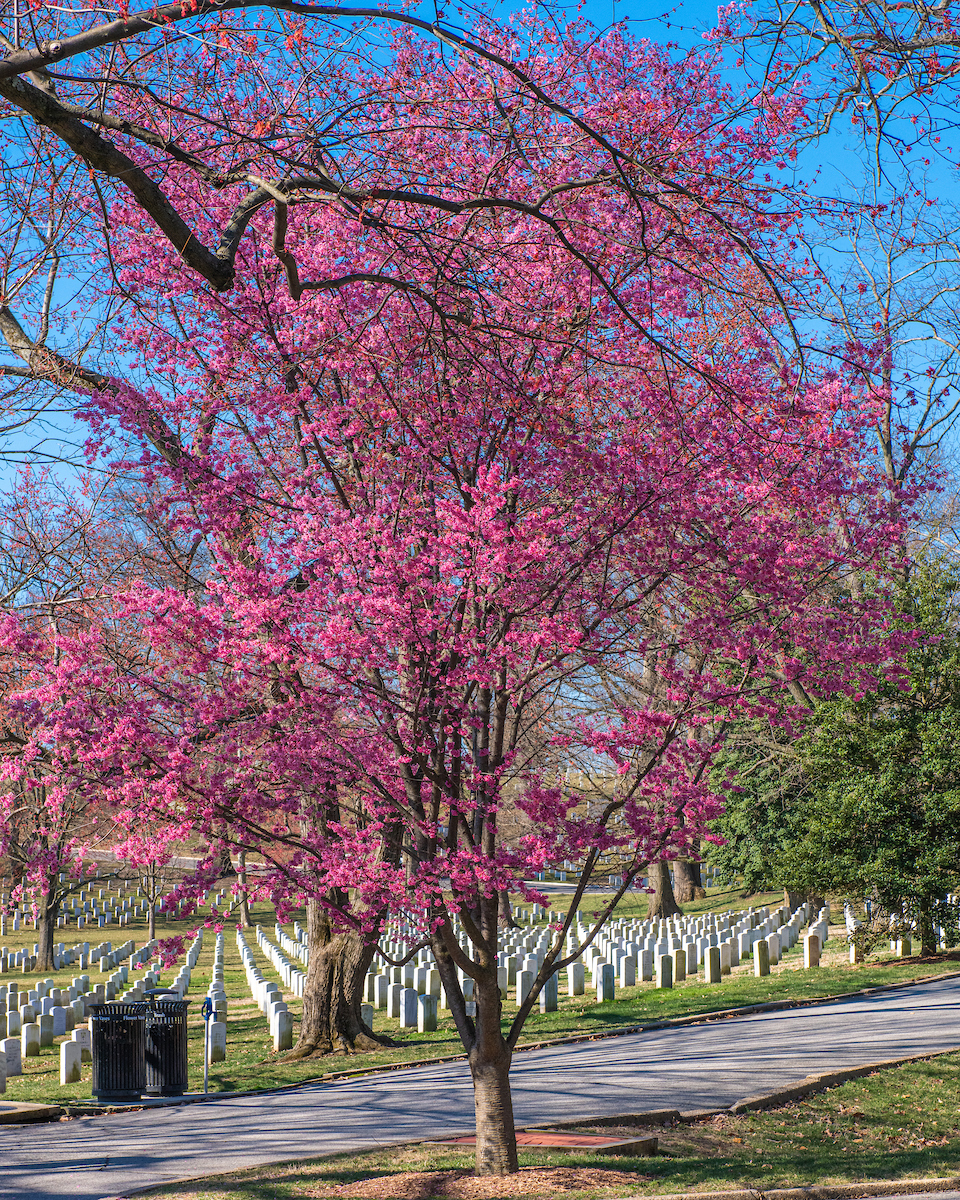



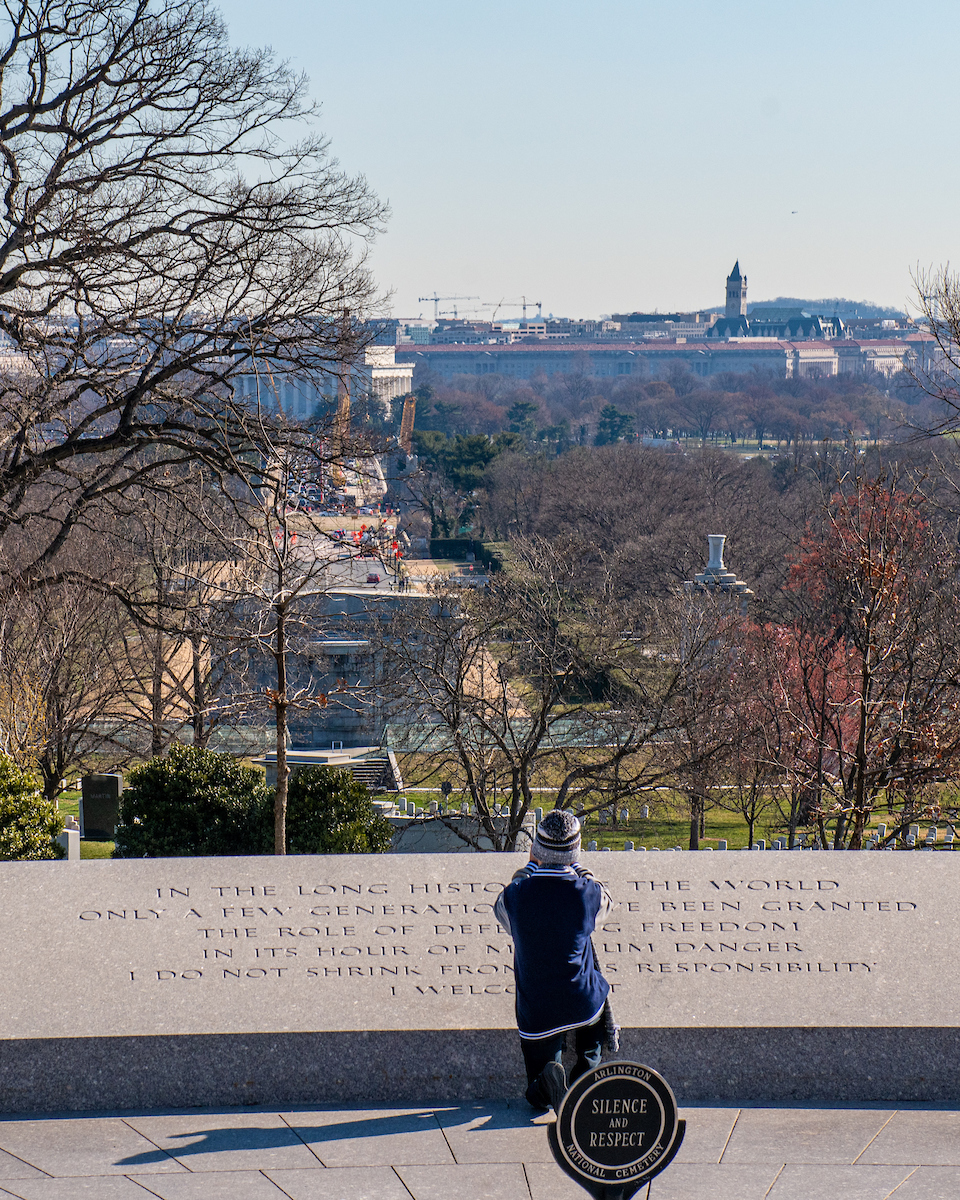





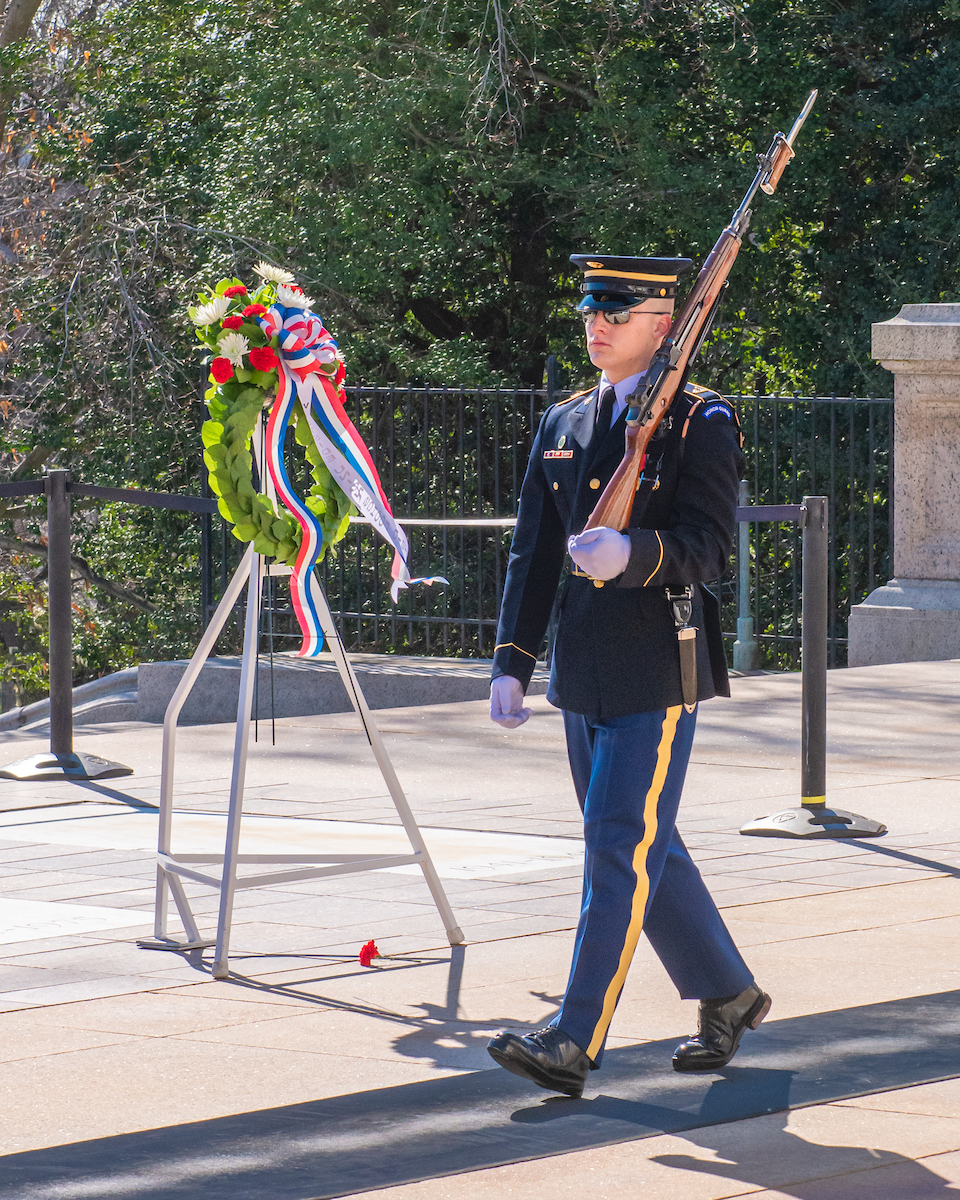

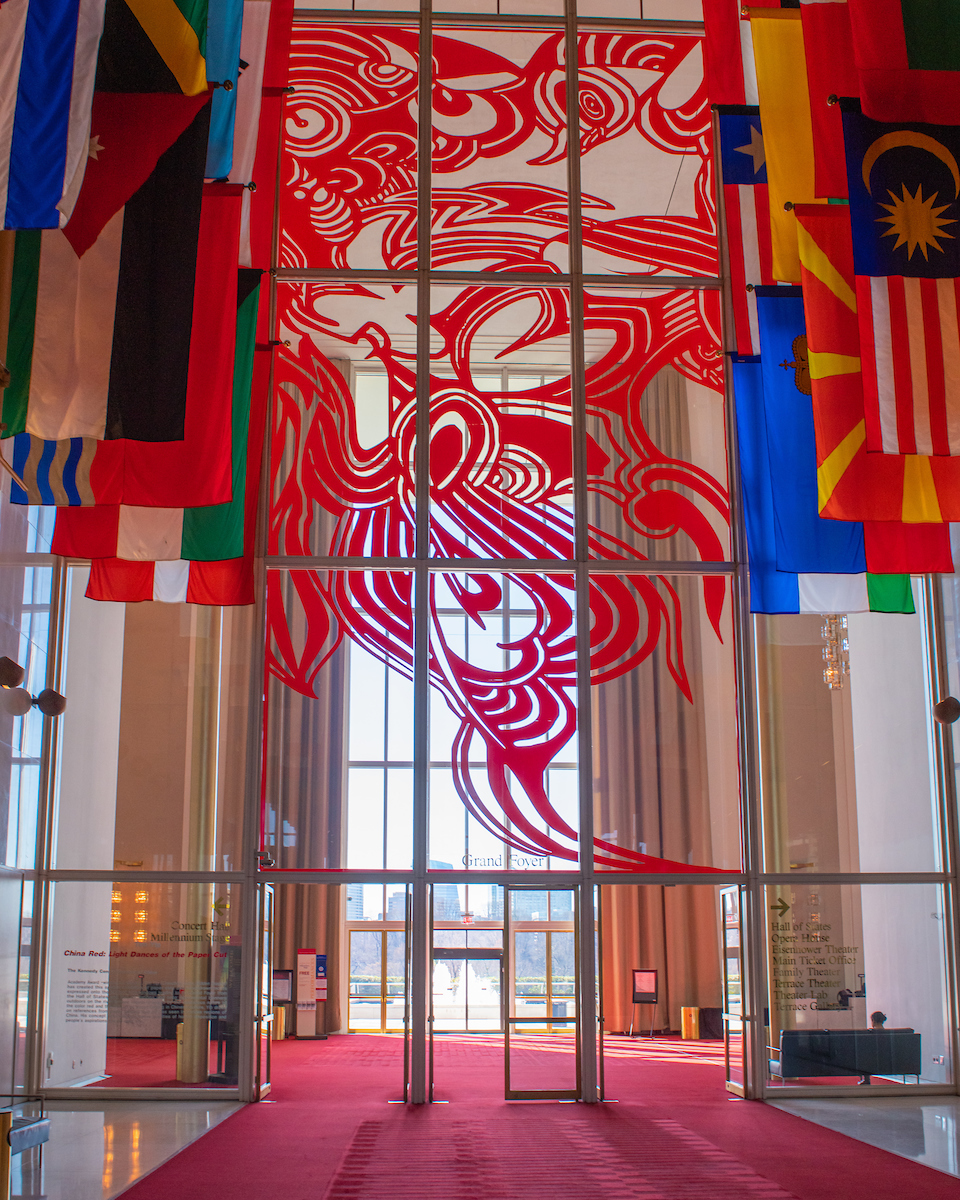

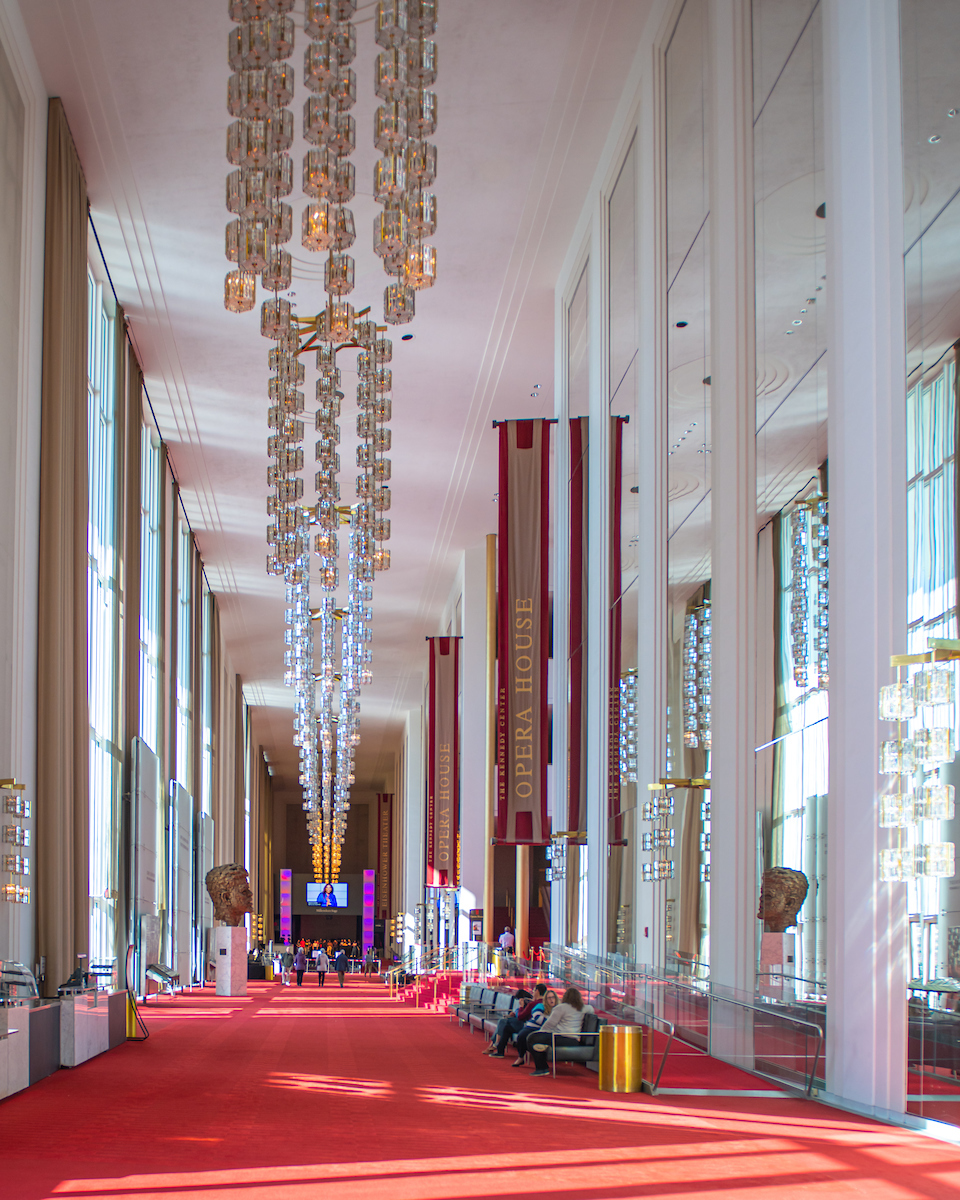

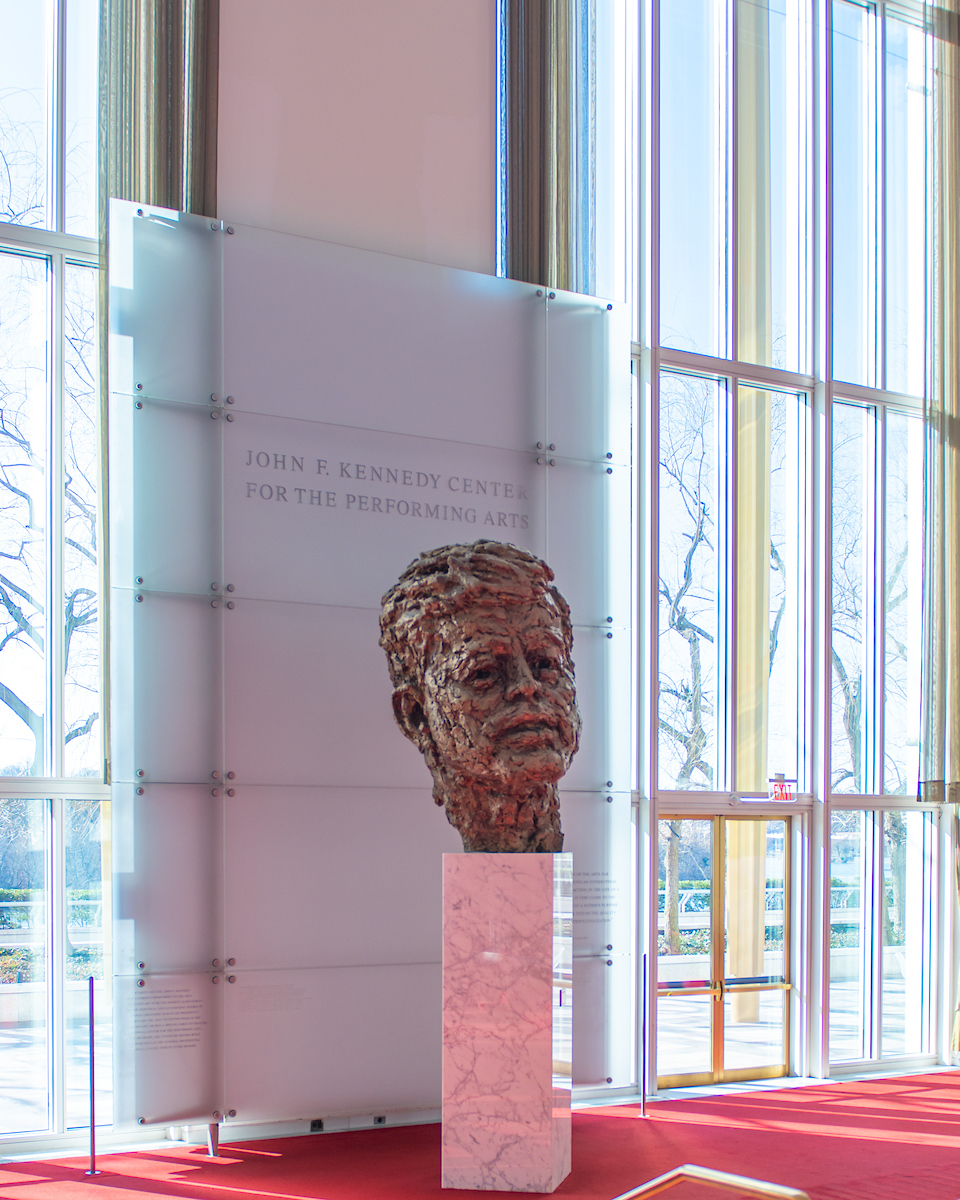

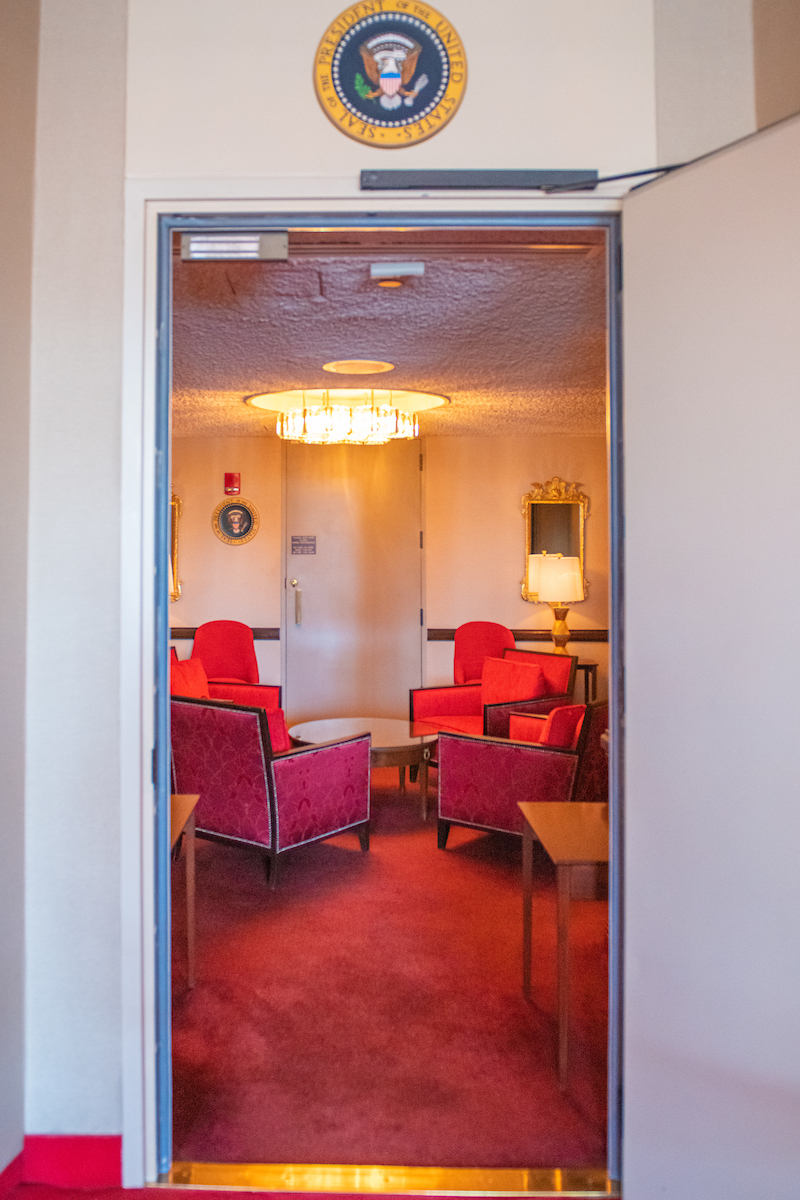



Comments